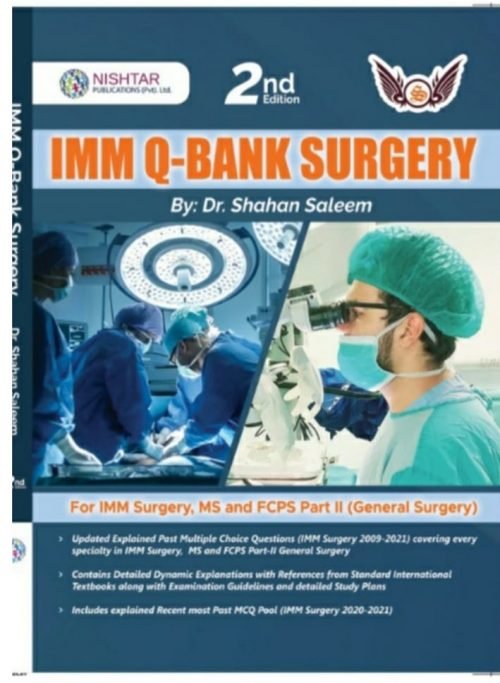Description
by
Section 8 of the Academy’s Basic and Clinical Science CourseTM (BCSC®) discusses the structure and function of the cornea and external eye and reviews relevant examination techniques.
BCSC Section 8 covers the latest statistics on indications for corneal transplants from the Eye Bank Association of America. In addition, this section discusses infectious and ocular surface diseases and disorders, surgery of the ocular surface, immune-mediated and neoplastic disorders, and congenital anomalies and degenerations. A chapter on the diagnosis and management of corneal dystrophies reflects the IC3D classification of the dystrophies according to a template consisting of clinical, pathologic, and genetic information. Toxic and traumatic injuries, as well as corneal transplantation, are also reviewed.
Interactive elements throughout the text, such as an activity on corneal layers and corresponding confocal images, an animation demonstrating the development of the cornea, and a corneal ectasia case study, will help strengthen your clinical knowledge. Eleven original technical videos demonstrating select surgical techniques will also aid your understanding.
This section also covers diagnostic imaging technologies, endothelial replacement surgery updates, and best practices for early recognition and treatment of sebaceous cell carcinoma.
Upon completion of Section 8, readers should be able to:
- Explain the overall strategy, examination, and technology used for systematic evaluation of the cornea and the external eye
- Describe the basic principles and the clinical approach to the diagnosis and treatment of viral, bacterial, fungal, and parasitic keratitis
- List the risk factors, clinical signs, and breadth of management options of corneal ectasia
- List the risk factors, diagnosis, and treatment of neoplastic disease of the cornea and the external eye
- Identify unique clinical features that help differentiate the more common corneal dystrophies and describe an appropriate management strategy for each
- Identify the common corneal manifestations of systemic disease and describe their treatments
Winco Medical Book





Reviews
There are no reviews yet.